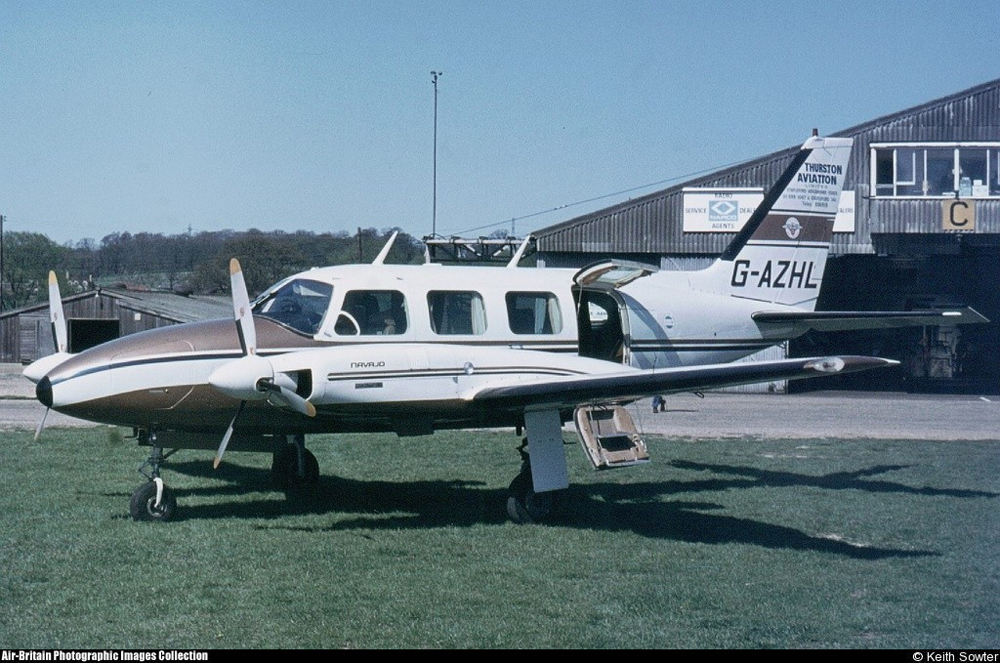Crash of a Beechcraft B200 Super King Air in Leeds: 1 killed
Date & Time:
Oct 19, 1987 at 0616 LT
Registration:
G-MDJI
Survivors:
No
Schedule:
Teesside – Leeds
MSN:
BB-1162
YOM:
1983
Crew on board:
1
Crew fatalities:
Pax on board:
0
Pax fatalities:
Other fatalities:
Total fatalities:
1
Captain / Total hours on type:
350.00
Circumstances:
The pilot, sole on board, was completing a positioning flight from Teesside to Leeds where passengers should embark for Alicante, Spain. On approach, the visibility was poor due to low clouds. After being cleared to descend to 3,000 feet then to land on runway 14, the aircraft descended too low and crashed on the top of a hill located 3,4 km short of runway threshold. The pilot was killed.
Probable cause:
At the time of the accident, QNH was 1008 and QFE was 983. Initially the commander did not read this information back to the controller, as is 'required', nor did the controller ask him to do so, as is 'recommended' by the Manual of Air Traffic Services. The laid down descent angle for a Localiser/DME approach to runway 14 at Leeds/Bradford Airport is 3.5°. Whereas a standard 3 degree descent angle can readily be calculated and flown by a pilot using a formula of 300 feet per nautical mile, it is more difficult, particularly in single pilot operations, to calculate and achieve a 3.5° descent. An aircraft on a 3.5° approach angle, on a pressure setting of 998 mb, would pass approximately 100 feet above the accident site but, a 3° approach would result in ground contact in the area of the site.
Final Report:
